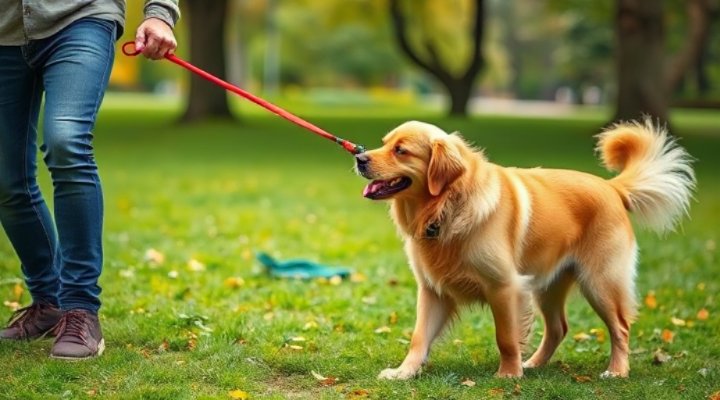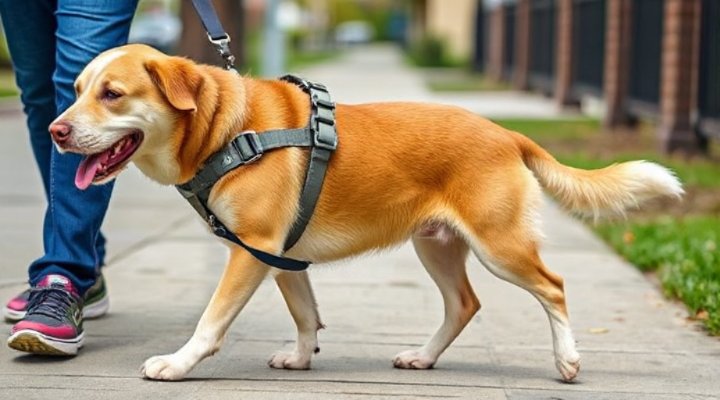Dog pulling on leash is one of the most common challenges pet owners face during walks. It can turn what should be an enjoyable activity into a frustrating tug-of-war. However, with the right training methods and patience, you can teach your dog to walk politely on leash.

Why Do Dogs Pull on the Leash?
Understanding why dogs pull is the first step to solving the problem. Dogs naturally want to explore their environment at a faster pace than humans walk. They’re excited by smells, sights, and sounds. Additionally, some breeds have a strong prey drive or were bred to pull (like sled dogs).
According to the American Veterinary Society of Animal Behavior, pulling behavior is often reinforced accidentally when owners allow the dog to move forward while pulling. This teaches the dog that pulling gets them where they want to go.
Effective Training Methods to Stop Leash Pulling
1. Positive Reinforcement Training
Positive reinforcement is the most effective and humane way to train dogs. When your dog walks without pulling, reward them with treats, praise, or the opportunity to sniff something interesting. Our article on positive reinforcement dog training provides more detailed techniques.

2. The Stop-and-Go Method
When your dog pulls, stop walking immediately. Only proceed when the leash is loose again. This teaches your dog that pulling makes the walk stop, while loose leash walking makes it continue. Be consistent – this method requires patience but is highly effective.
3. Change Direction Frequently
Randomly change direction during your walk. This keeps your dog focused on you rather than pulling forward. Reward your dog when they quickly adjust to your new direction.
4. Use Proper Equipment
While training tools don’t replace training, they can help. A front-clip harness or head halter can give you more control while you work on training. Our guide on the best dog leash for pulling reviews various options.

Common Mistakes to Avoid
Many owners unintentionally reinforce pulling behavior. Avoid these common mistakes:
- Allowing the dog to move forward while pulling
- Using retractable leashes during training (they teach dogs to pull against tension)
- Inconsistent training – everyone in the family must use the same methods
- Getting frustrated – training takes time and patience
When to Seek Professional Help
If you’re struggling with leash training, consider group dog training classes or private sessions with a certified trainer. Some dogs, especially those with fear or aggression issues, may need specialized help.

Maintaining Good Leash Manners
Once your dog learns to walk nicely on leash, maintain these good habits:
- Continue occasional reinforcement with treats
- Vary your walking routes to keep your dog engaged
- Practice in different environments with varying distractions
- Make walks enjoyable with sniff breaks and play
The ASPCA recommends keeping training sessions short (5-10 minutes) but frequent for best results.

Final Thoughts
Stopping your dog from pulling on leash requires consistency, patience, and the right techniques. Remember that every dog learns at their own pace. Celebrate small victories and keep training sessions positive. With time and practice, you’ll both enjoy stress-free walks together.
For more dog training tips, check out our articles on dog walking training and basic dog commands.
